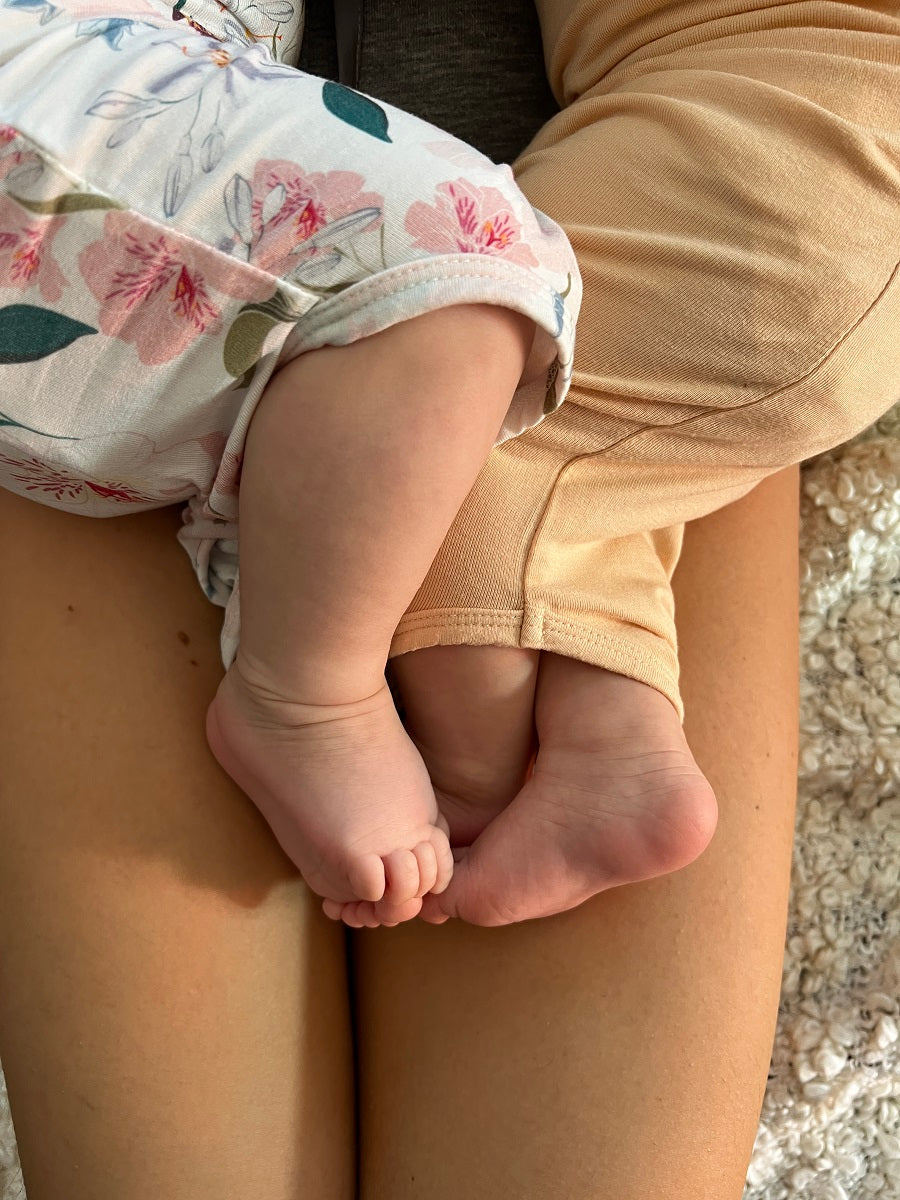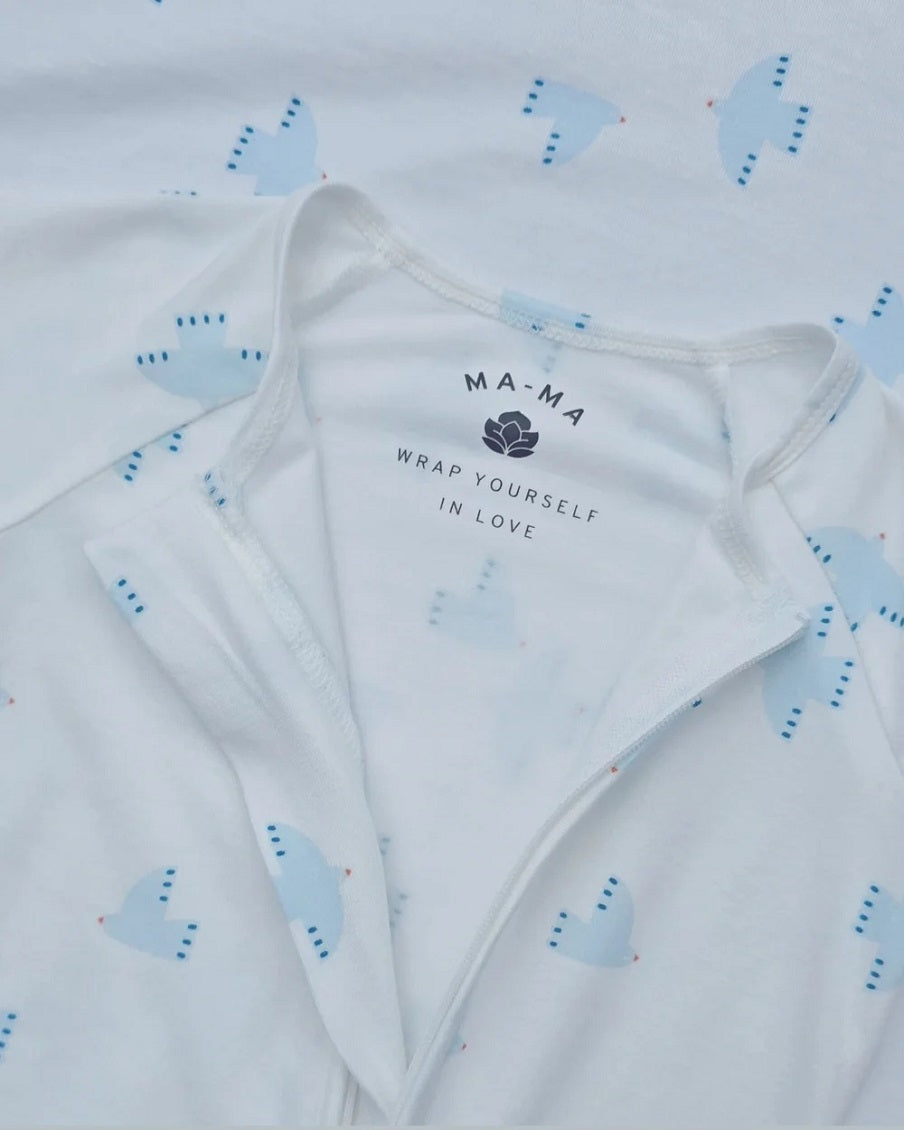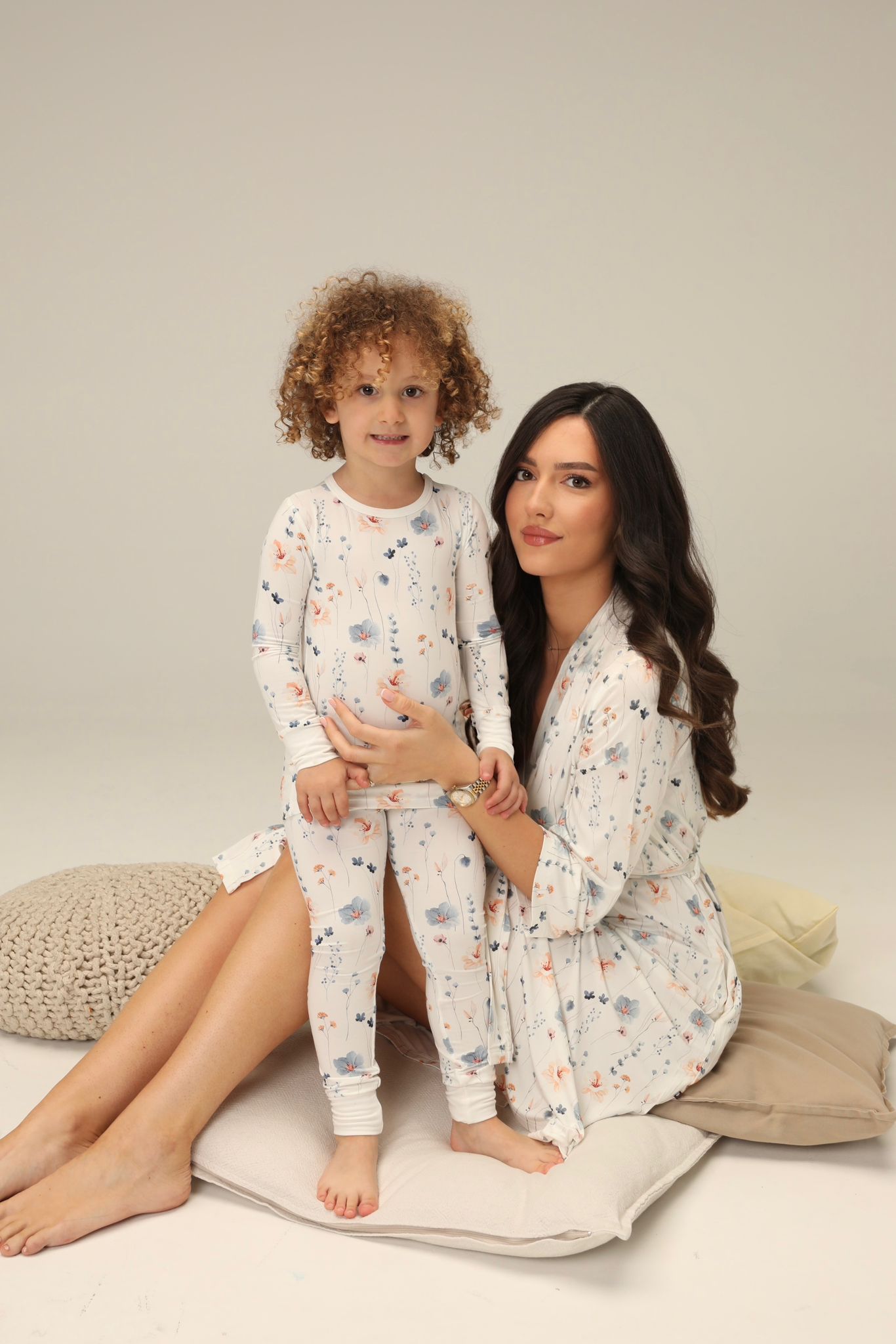What should a newborn sleep in if there’s no A/C?
How to Dress a Newborn in Summer
From Daytime to Sleep: A Practical Guide to Summer Baby Clothing
Table of Contents:
- Understand Baby Temperature Regulation
- How Can You Tell If Baby Is Too Hot or Too Cold?
- How to Dress a Newborn in Summer During the Day
- How to Dress a Newborn at Night and for Sleep
- Newborn Summer Essentials: What You Actually Need
- Clothing Materials and Fabrics That Work in Summer
- Dressing for Summer Starts with Paying Attention
- FAQ
Understand Baby Temperature Regulation
How Can You Tell If Baby Is Too Hot or Too Cold?
How to Dress a Newborn in Summer During the Day
General rule:
Real-life daytime examples:
How to Dress a Newborn at Night and for Sleep
Suggested summer sleepwear by room temperature:
Tips for summer sleepwear:

Newborn Summer Essentials: What You Actually Need
A practical starter list:
Clothing Materials and Fabrics That Work in Summer
Swaddling in the Summer: What to Know

